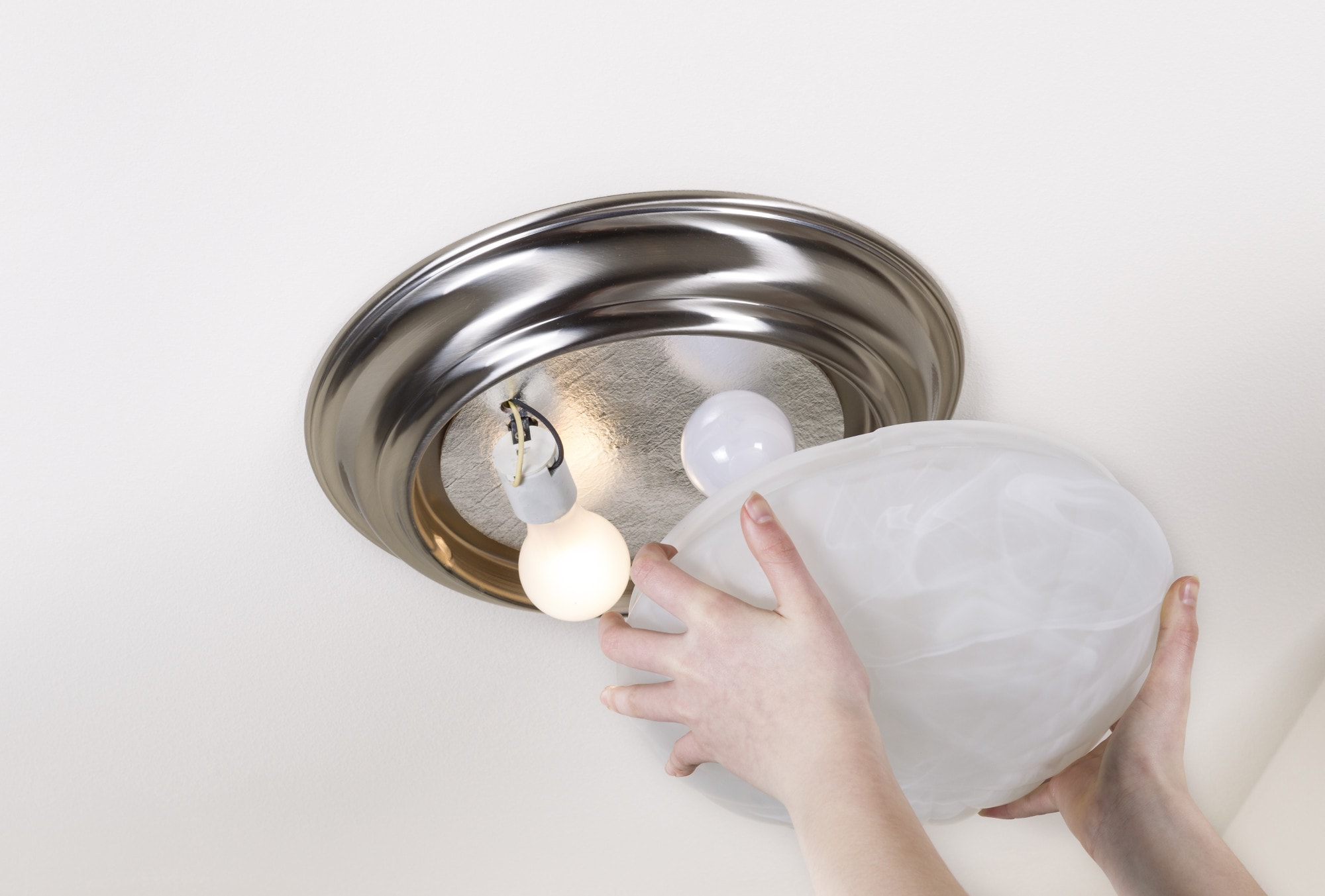

Articles
How To Remove Ceiling Light Cover
Modified: January 20, 2024
Learn how to easily remove a ceiling light cover with our step-by-step guide. Our articles provide helpful tips and tricks to make the process quick and hassle-free.
(Many of the links in this article redirect to a specific reviewed product. Your purchase of these products through affiliate links helps to generate commission for Storables.com, at no extra cost. Learn more)
Introduction
Welcome to this guide on how to remove a ceiling light cover. Whether you are looking to clean the cover, replace a burnt-out bulb, or install a new fixture, removing the ceiling light cover is an essential step. It may seem like a daunting task, but with the right knowledge and tools, it can be a straightforward process.
Before we jump into the step-by-step instructions, it’s important to note that safety should always be your top priority when working with electrical fixtures. Make sure to turn off the power to the light fixture and take necessary safety precautions throughout the process. If you’re unsure about any step, it’s best to consult a professional electrician.
In this article, we’ll walk you through the process of removing a ceiling light cover, from gathering the necessary tools and materials, to safely detaching the cover, and finally reassembling the fixture. So, let’s get started!
Key Takeaways:
- Safety should always be the top priority when removing a ceiling light cover. Follow the outlined steps, gather the necessary tools, and take your time to ensure a safe and rewarding process.
- Whether cleaning or replacing, the process of removing and reattaching a ceiling light cover can be straightforward and satisfying. Prioritize safety, gather the right tools, and enjoy a refreshed light fixture.
Safety Precautions
Before you begin working on removing a ceiling light cover, it’s essential to take the necessary safety precautions. Dealing with electrical fixtures can be hazardous if not done correctly. Here are some important safety guidelines to follow:
- Turn off the power: Before you start working on the ceiling light cover, make sure to turn off the power to the fixture. Locate the circuit breaker for the specific room or area and switch it off. Use a circuit tester to double-check that there is no electrical current flowing to the fixture.
- Use protective gear: Wear protective gear, including gloves and safety glasses, to safeguard yourself from potential injuries. This will protect your hands from sharp edges and glass fragments, and your eyes from dust and debris.
- Secure a ladder or step stool: Ensure that you have a stable ladder or step stool to safely reach the ceiling light fixture. Make sure it is set up on a flat, level surface, and follow the manufacturer’s instructions for proper usage.
- Avoid water contact: Never attempt to remove a ceiling light cover when it is wet or damp. Moisture and electricity do not mix well, and this can lead to electrical shocks or other hazards.
- Work in a well-lit area: Ensure that the area where you are working is well-lit. This will help you see the components clearly and minimize the risk of accidents.
- Take your time and be patient: Rushing through the process can lead to errors or accidents. Take your time, follow the steps carefully, and don’t hesitate to seek professional help if you are unsure.
By following these safety precautions, you can minimize the risks associated with removing a ceiling light cover and ensure a safe working environment. Now that we have covered the safety guidelines, let’s move on to the tools and materials you’ll need for the task.
Tools and Materials Needed
Before you begin the process of removing a ceiling light cover, it’s important to gather the necessary tools and materials. Having everything prepared will make the task easier and more efficient. Here’s a list of what you’ll need:
- Screwdriver: Depending on the type of fixture, you may need either a flathead or Phillips screwdriver to remove the screws holding the cover in place.
- Step ladder or stool: A stable and secure step ladder or stool is necessary to reach the ceiling light fixture safely.
- Circuit tester: A circuit tester is used to ensure that the power to the fixture is turned off. It will help you verify that the circuit is not live before you start working.
- Gloves and safety glasses: Wearing gloves and safety glasses will protect your hands and eyes from any potential injuries, such as cuts from sharp edges or debris falling from the fixture.
- Cleaning supplies (optional): If your intention is to clean the ceiling light cover, gather the necessary cleaning supplies, such as a microfiber cloth, glass cleaner, or mild soap and water solution.
- Replacement cover (if necessary): If you plan to replace the ceiling light cover, make sure you have the new cover ready before you start the removal process. Consult the manufacturer or a lighting specialist to ensure you choose the correct size and style for your fixture.
By having these tools and materials on hand, you’ll be well-prepared to remove the ceiling light cover. Now that you’re ready, let’s move on to the step-by-step instructions on how to remove the cover safely and effectively.
Step 1: Turn off the Power
Before you begin removing the ceiling light cover, it is crucial to ensure that the power is turned off to prevent any electrical accidents. Follow these steps to safely turn off the power:
- Locate the circuit breaker: Identify the circuit breaker that controls the power to the specific room or area where the ceiling light is installed. This breaker should be labeled accordingly. If it’s not labeled, you may need to test different breakers to find the correct one.
- Switch off the circuit breaker: Once you have located the correct circuit breaker, switch it off by flipping the breaker switch to the “off” position. You may hear a click or see the switch move to the opposite direction.
- Double-check the power: While the circuit breaker is off, use a circuit tester to verify that there is no electrical current flowing to the fixture. Follow the instructions provided with the circuit tester to test the wires or connections. This step is essential to ensure your safety before proceeding.
Always remember to treat electrical connections with caution. Turning off the power will minimize the risk of electrical shock or injury while working on the ceiling light. Once you have confirmed that there is no power flowing to the fixture, you can proceed to the next step of removing the ceiling light cover.
Step 2: Remove the Screws or Clips
With the power turned off, you can now proceed to remove the screws or clips that secure the ceiling light cover in place. Follow these steps:
- Identify the screws or clips: Examine the ceiling light fixture to locate the screws or clips holding the cover in place. In most fixtures, these screws or clips can be found around the perimeter of the cover.
- Use a screwdriver: If your ceiling light cover is secured with screws, use the appropriate screwdriver (flathead or Phillips) to unscrew them counterclockwise. Be sure to place the screws in a safe location so that they can be easily found later when reassembling the fixture.
- Release the clips: If your ceiling light cover is held in place by clips, gently press or squeeze the clips to release them. You may need to use a small flathead screwdriver or your fingers to do this. Carefully detach the clips from the cover to free it from the fixture.
- Set aside the screws or clips: Once the screws or clips have been removed, set them aside in a secure place. It’s important to keep track of them so that you can easily reinstall the ceiling light cover when needed.
By removing the screws or releasing the clips, you have successfully detached the ceiling light cover from the fixture. Take care not to drop or damage the cover during this step. Proceed to the next step to learn how to lower the cover gently and safely.
Step 3: Lower the Cover Gently
Now that you have removed the screws or released the clips, it’s time to lower the ceiling light cover from the fixture. Follow these steps to lower the cover gently and safely:
- Support the cover: Place one hand on the center of the cover to support it while you begin to lower it. This will help prevent the cover from falling or tilting excessively.
- Lower the cover slowly: With a firm grip, start to lower the cover downwards from the ceiling. Take it slow and steady, ensuring that it clears any remaining screws or clips that may still be attached.
- Watch for any obstructions: Keep an eye out for any wires, connectors, or other components that may be attached to the cover. If you encounter any obstructions, carefully maneuver the cover around them or detach them as necessary.
- Set the cover aside: Once the cover is completely lowered, set it aside on a safe and stable surface. If you plan to clean or replace the cover, make sure to place it in a location where it won’t get damaged.
Lowering the cover gently is crucial to prevent any damage to the fixture or the cover itself. Be mindful of any obstructions, and take your time to ensure a smooth and safe removal process. In the next step, we will discuss how to disconnect the wires, if applicable, before continuing with the task.
Before attempting to remove a ceiling light cover, make sure to turn off the power to the fixture at the circuit breaker to avoid any electrical hazards. Then, carefully unscrew or unclip the cover to access the light bulb or fixture.
Step 4: Disconnect the Wires (If Applicable)
In some cases, your ceiling light cover may be connected to the wiring of the fixture. If this is the case, you’ll need to disconnect the wires before you can fully remove the cover. Follow these steps to safely disconnect the wires:
- Double-check the power: Before working with any electrical connections, ensure that the power to the fixture is turned off. Double-check by using a circuit tester to confirm that there is no electrical current flowing to the wires.
- Identify the wires: Take a close look at the wiring inside the fixture and identify the specific wires that are connected to the cover. Typically, you’ll find a black (live/hot) wire, a white (neutral) wire, and a bare or green (grounding) wire.
- Disconnect the wires: Depending on the type of connection, you may need to unscrew wire nuts, detach connectors, or remove screws to disconnect the wires. Follow the manufacturer’s instructions or consult a professional if you’re unsure about the proper method.
- Secure the wires: Once the wires are disconnected, take care to protect them from damage or contact with other objects. Consider using wire caps or electrical tape to cover the ends of the wires temporarily.
Keep in mind that not all ceiling light covers will have connected wires. If your cover does not have any connected wires, you can skip this step and proceed to the next one. However, if you do need to disconnect the wires, follow these steps carefully to ensure your safety and prevent any damage to the wiring or the fixture.
With the wires disconnected, you’re now ready to clean or replace the cover, which we’ll discuss in the next step.
Step 5: Clean or Replace the Cover
Now that you have successfully removed the ceiling light cover, you have the option to either clean it or replace it. Depending on the condition of the cover and your personal preferences, follow the appropriate steps below:
Cleaning the Cover:
- Dust off the cover: Use a clean, dry cloth or a duster to remove any dust or dirt from the surface of the cover.
- Clean with a mild solution: If the cover requires deeper cleaning, mix a mild soap or dishwashing liquid with warm water. Dampen a soft cloth or sponge in the solution and gently wipe the cover, taking care not to saturate it with excess liquid.
- Dry the cover: After cleaning, use a clean, dry cloth to wipe off any excess moisture from the cover. Allow it to air dry completely before reattaching it to the fixture.
Replacing the Cover:
- Choose a new cover: If you are replacing the cover, select a new one that matches the size and style of your fixture. Refer to the manufacturer’s instructions or consult a lighting specialist to ensure compatibility.
- Remove any packaging: Unbox the new cover and remove any packaging materials or protective coverings.
- Position the new cover: Hold the new cover over the opening on the fixture, ensuring it aligns properly with any screw holes or clips.
- Secure the cover: Use the screws or clips that came with the new cover to attach it securely to the fixture. Follow the manufacturer’s instructions for the specific type of attachment.
Whether you choose to clean or replace the cover, make sure it is in good condition and fits properly before proceeding to reattach it to the fixture.
Step 6: Reattach the Cover
After cleaning or replacing the ceiling light cover, it’s time to reattach it to the fixture. Follow these steps to ensure a secure and proper reattachment:
- Position the cover: Hold the cover above the opening of the fixture and align it properly. Make sure it is centered and level before proceeding.
- Align screw holes or clips: If your cover is secured by screws, align the holes in the cover with the screw holes in the fixture. Ensure that the cover sits flush against the ceiling.
- Attach screws or clips: If your cover uses screws, insert them into the screw holes and tighten them gently clockwise. If your cover uses clips, position them over the edges of the cover and snap them into place securely.
- Tighten screws carefully: If using screws, be careful not to overtighten them, as this can damage the cover or the fixture. Tighten them just enough to securely hold the cover in place.
Take your time to ensure that the cover is properly secured and stable. Double-check that all screws or clips are tightened correctly before moving on to the final step.
Read more: How Do You Remove A Ceiling Light Cover
Step 7: Turn on the Power
Now that you have reattached the ceiling light cover, it’s time to turn the power back on to the fixture. Follow these steps to safely restore power:
- Make sure the cover is securely attached: Before turning on the power, double-check that the ceiling light cover is properly secured and aligned with the fixture. This will help ensure that it remains in place when the power is restored.
- Locate the circuit breaker: Head back to the circuit breaker panel and locate the specific breaker that controls the power to the room or area where the ceiling light is installed.
- Switch on the circuit breaker: Flip the circuit breaker switch to the “on” position, restoring power to the fixture. You should hear a click or see the switch move to the original position.
- Test the light: Once the power is back on, test the ceiling light by flipping the switch or turning it on from a wall control. The light should illuminate without any issues.
- Check for any issues: After turning on the power, inspect the ceiling light cover and the fixture for any signs of loose connections, flickering lights, or unusual noises. If you notice any irregularities, turn off the power immediately and consult a professional electrician.
By following these steps, you can safely restore power to the ceiling light fixture. Take a moment to admire your work and enjoy the refreshed look of your light fixture with its clean cover or new replacement.
Remember, if you ever feel unsure or uncomfortable working with electrical fixtures, it’s always best to seek the assistance of a qualified electrician. Your safety should always be the top priority.
With the power restored and your ceiling light cover securely in place, you have successfully completed the process of removing and reattaching the cover. Congratulations!
Conclusion
Removing a ceiling light cover may seem like a daunting task, but with the right knowledge and approach, it can be a straightforward and rewarding process. By following the step-by-step instructions outlined in this guide, you can safely and effectively remove the cover to clean, replace, or perform maintenance on your ceiling light fixture.
Throughout the process, it’s important to prioritize safety. Always turn off the power to the fixture before starting, use appropriate protective gear, and work in a well-lit area. Take your time and be patient, ensuring that you follow each step carefully.
Remember to gather the necessary tools and materials before you begin, including a screwdriver, a step ladder or stool, a circuit tester, gloves, safety glasses, and cleaning supplies if needed. Having everything organized will make the task easier and more efficient.
If your ceiling light cover is connected to the wiring, be sure to disconnect the wires safely and handle them with care. Clean the cover with a mild soap and water solution or replace it with a new one that fits properly and suits your desired style.
Once you have completed the process and reattached the cover, don’t forget to turn on the power and test the light to ensure it is functioning correctly. If any issues arise or if you feel unsure, it is always best to seek the assistance of a professional electrician.
By following these guidelines, you can successfully remove and reattach the ceiling light cover, giving your light fixture a refreshed and polished look. Enjoy the beauty and functionality of your clean or newly installed cover, and revel in the improved ambiance it brings to your space.
Frequently Asked Questions about How To Remove Ceiling Light Cover
Was this page helpful?
At Storables.com, we guarantee accurate and reliable information. Our content, validated by Expert Board Contributors, is crafted following stringent Editorial Policies. We're committed to providing you with well-researched, expert-backed insights for all your informational needs.
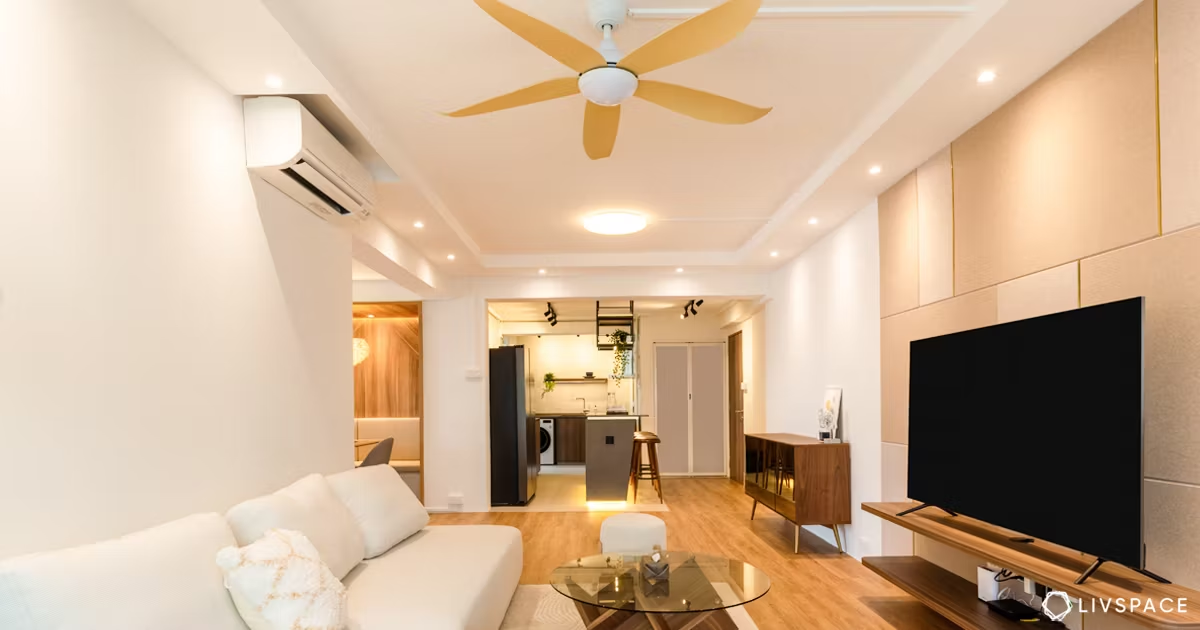
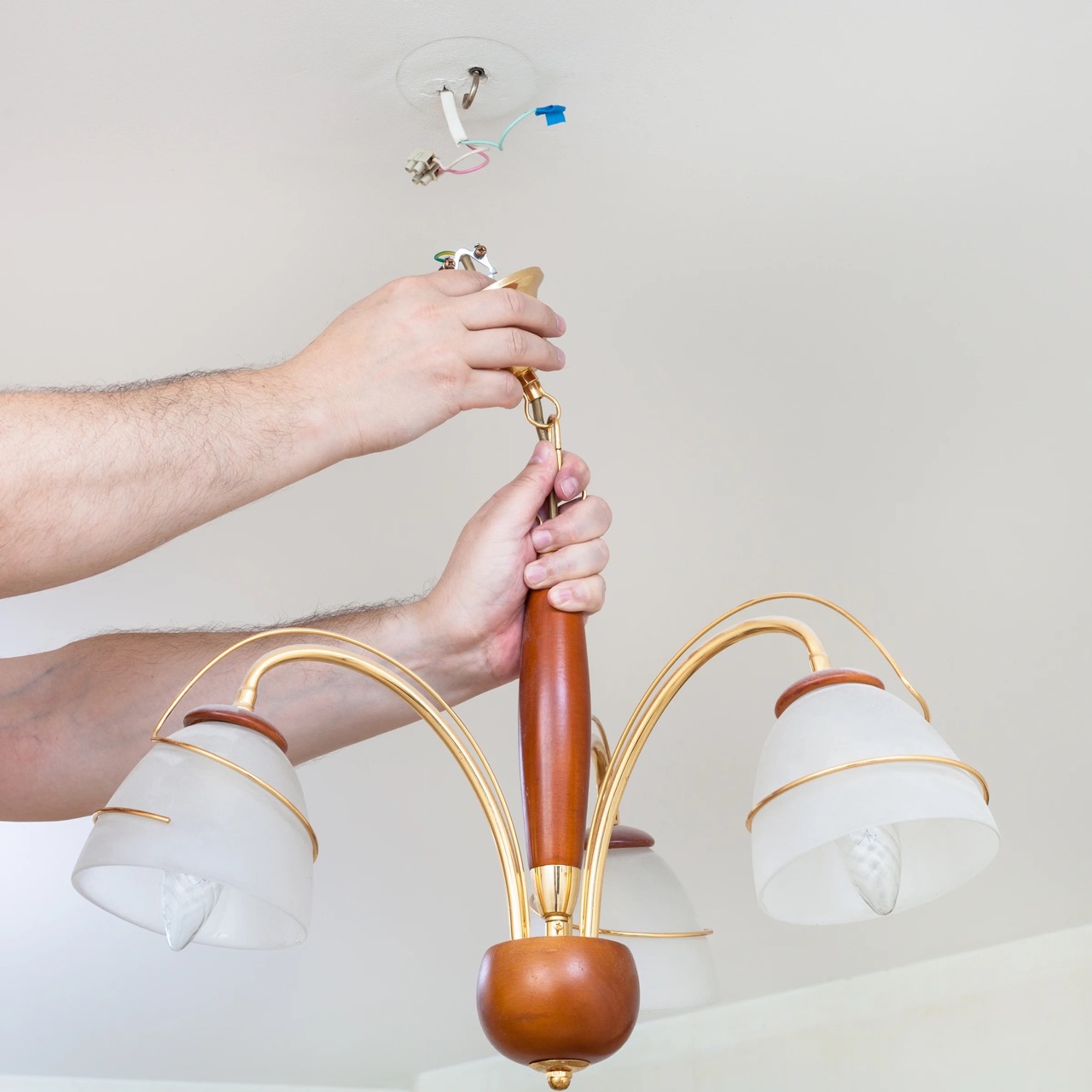
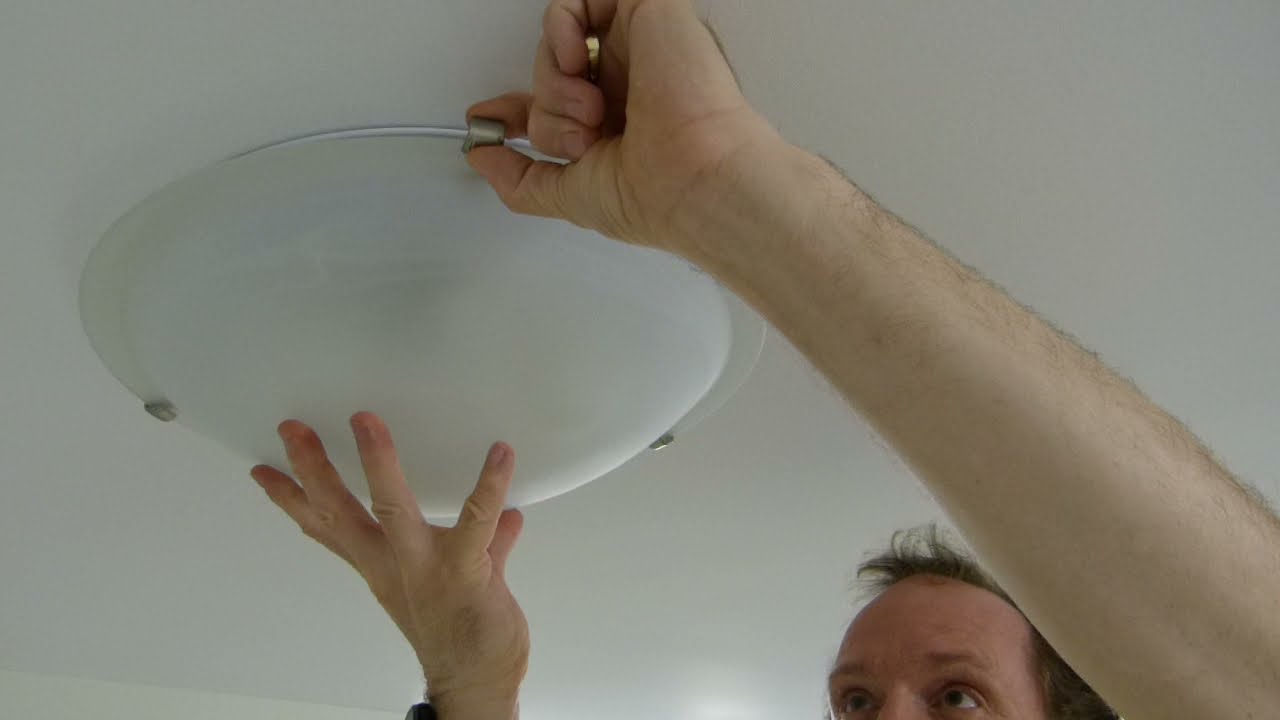
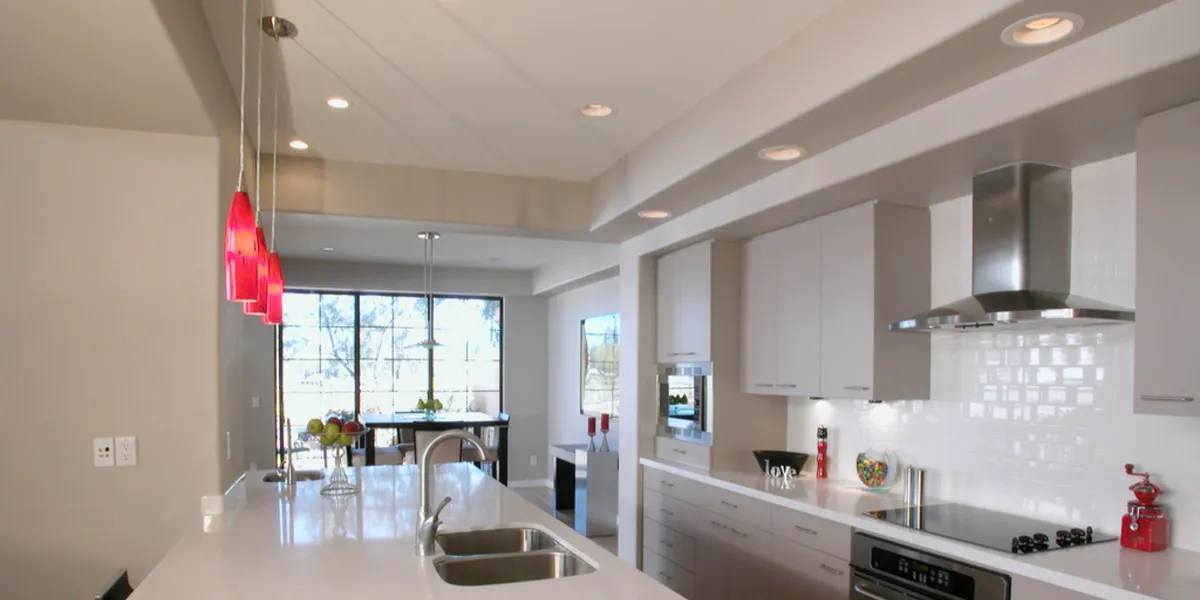
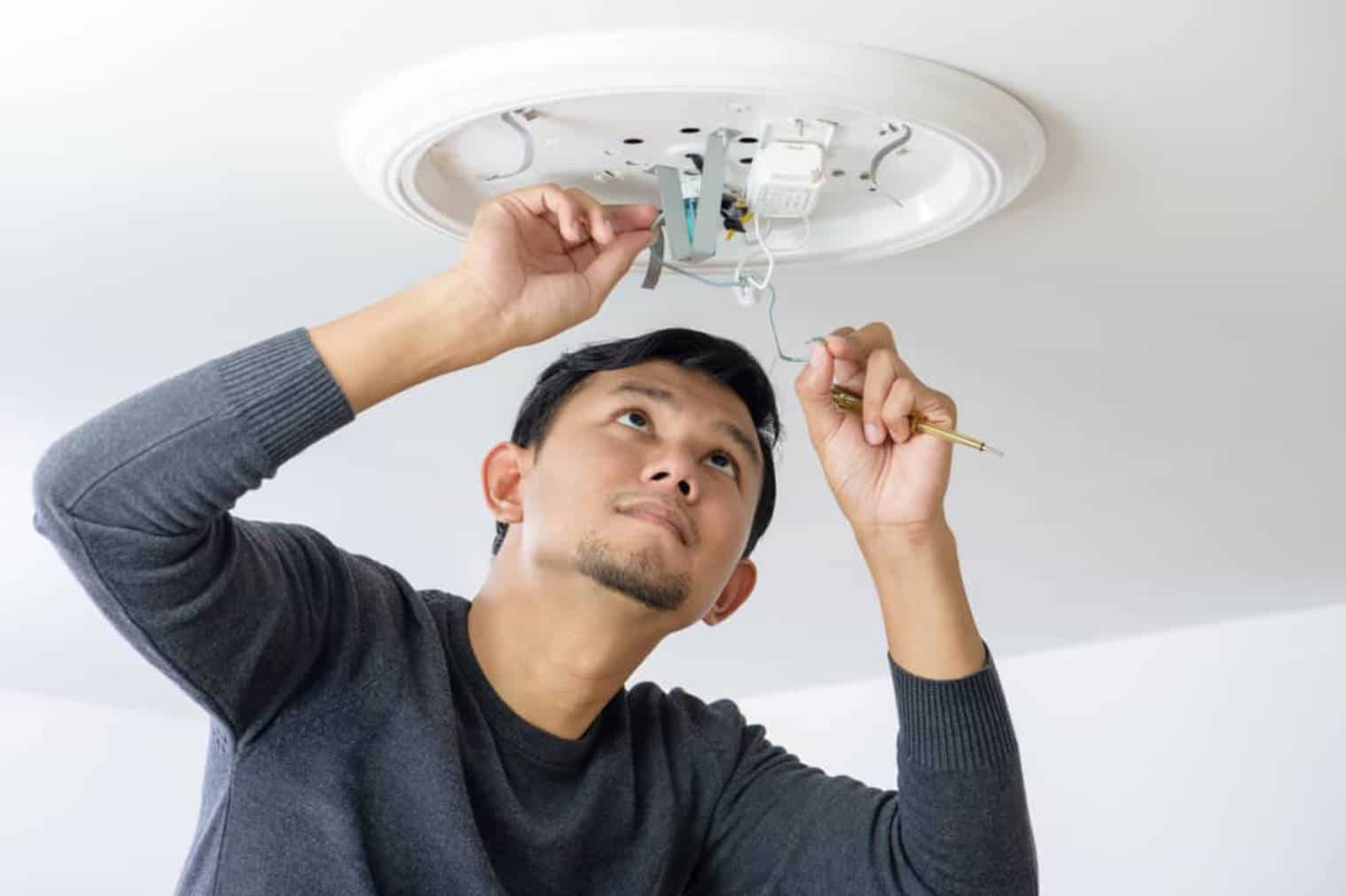

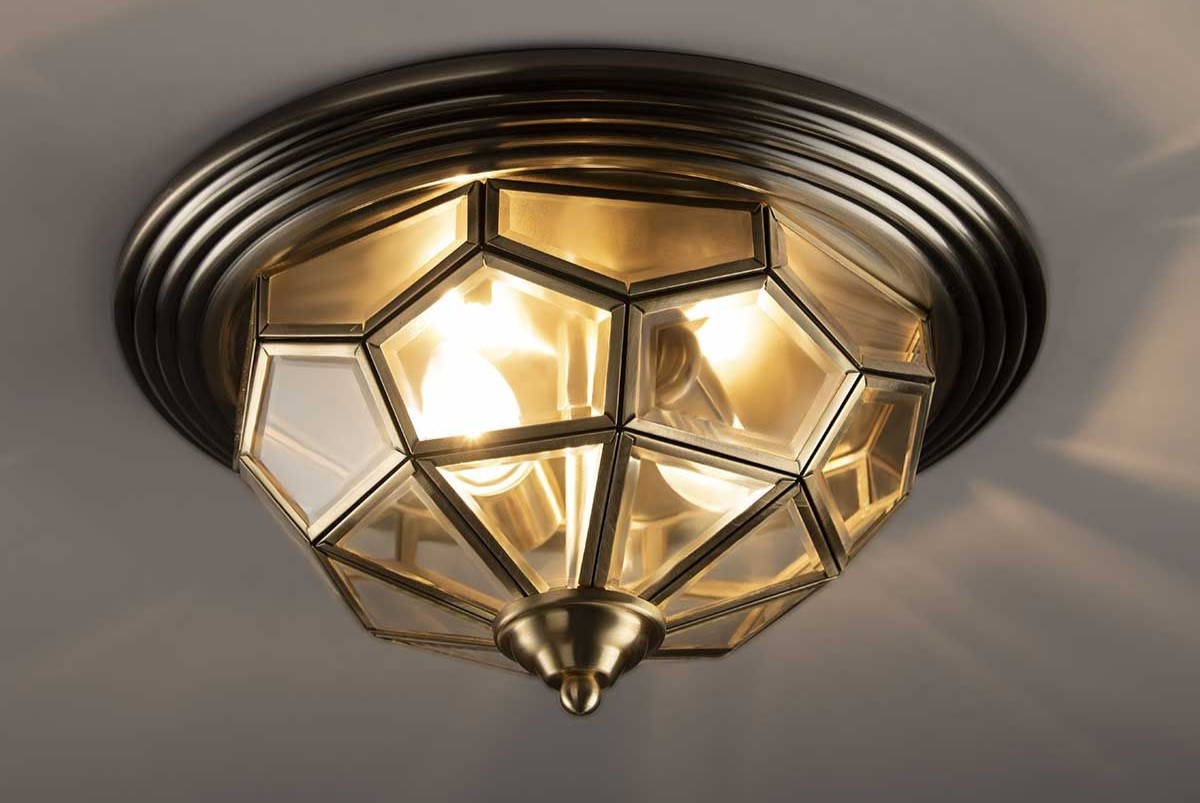

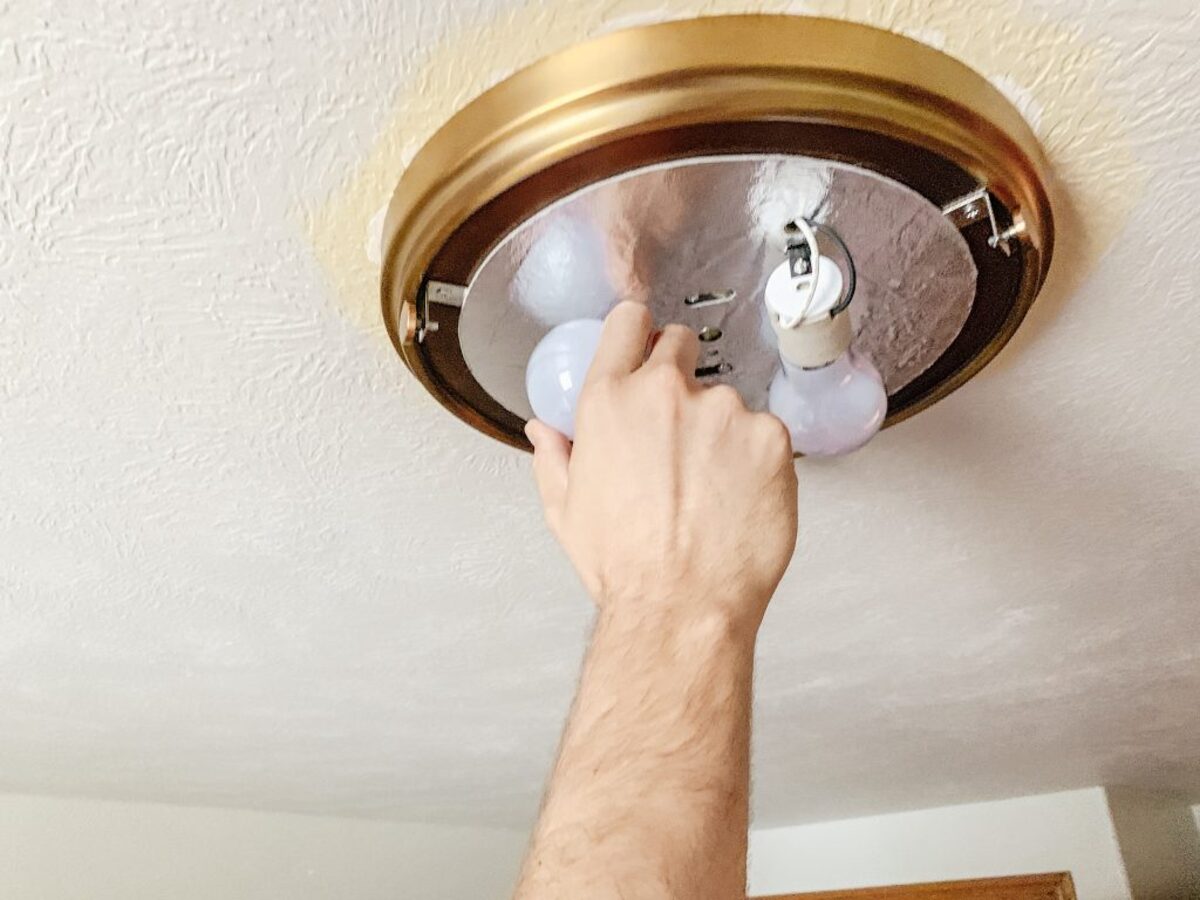
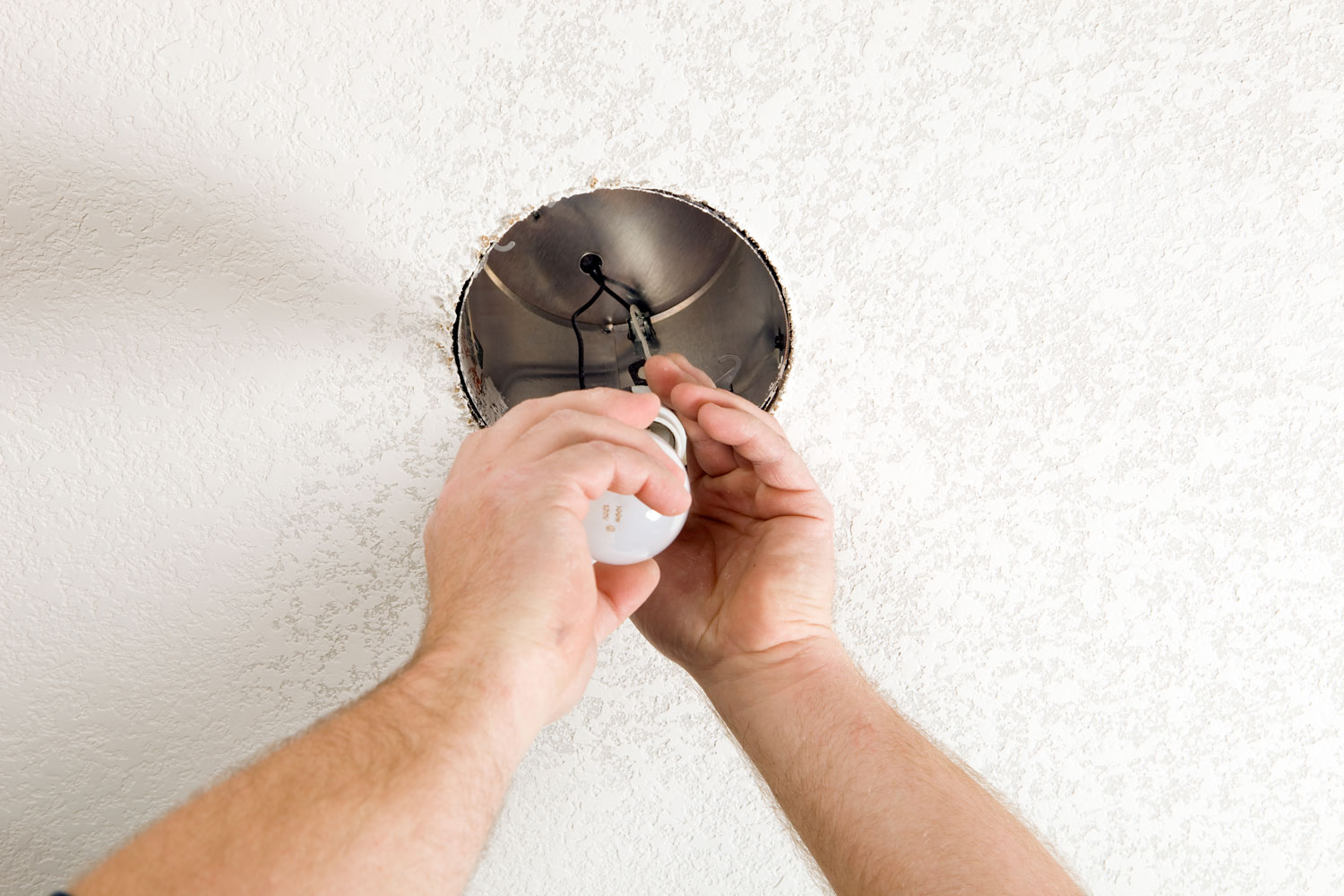
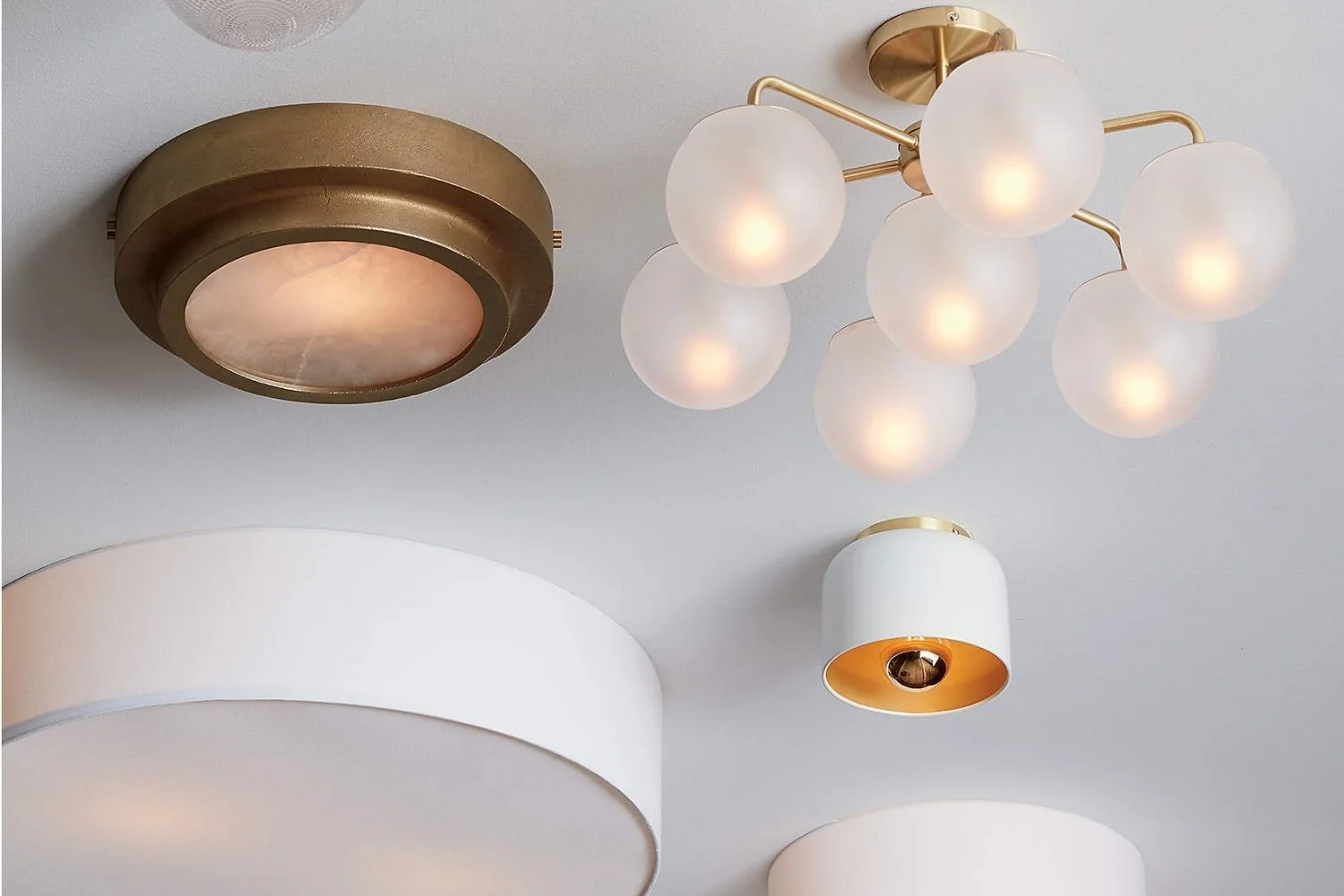
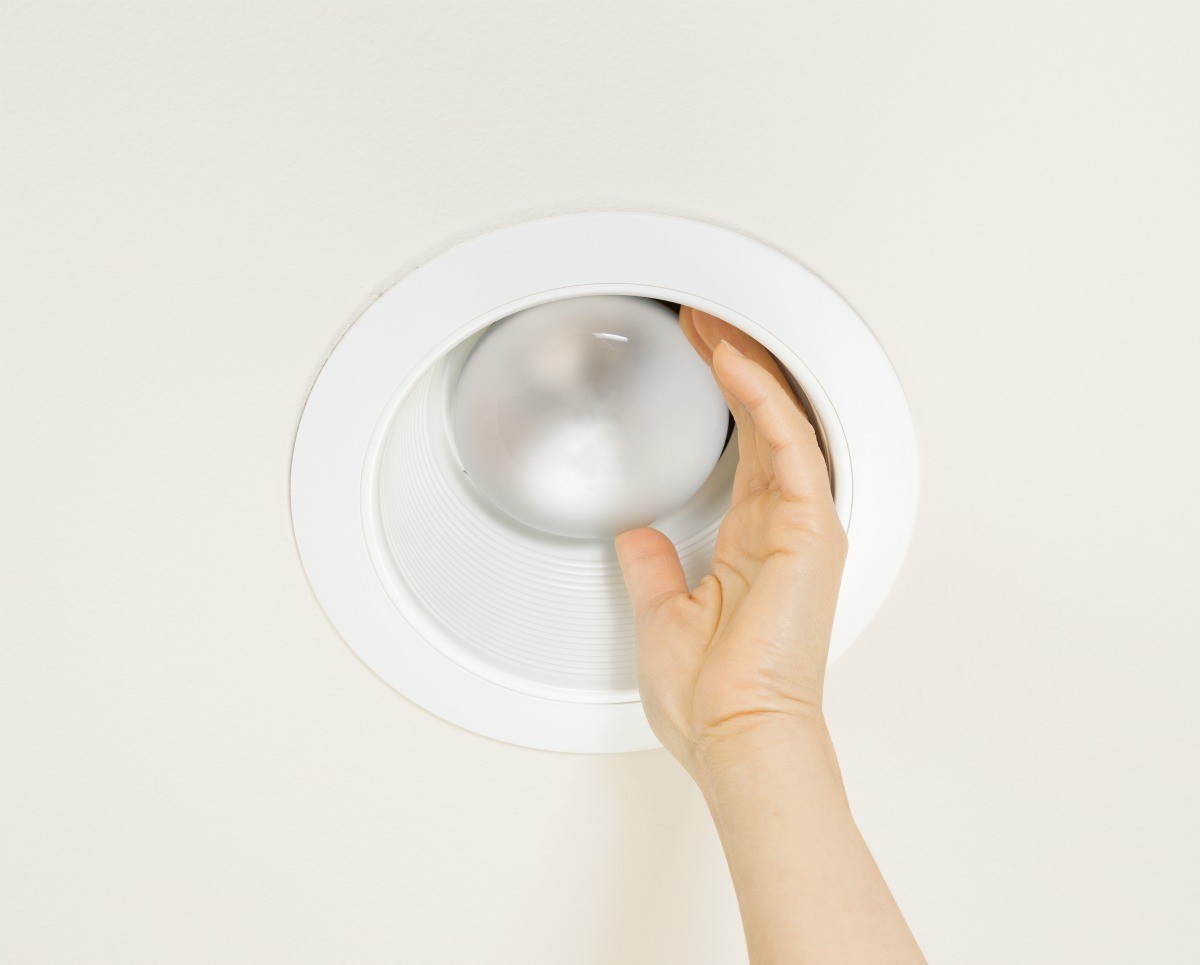
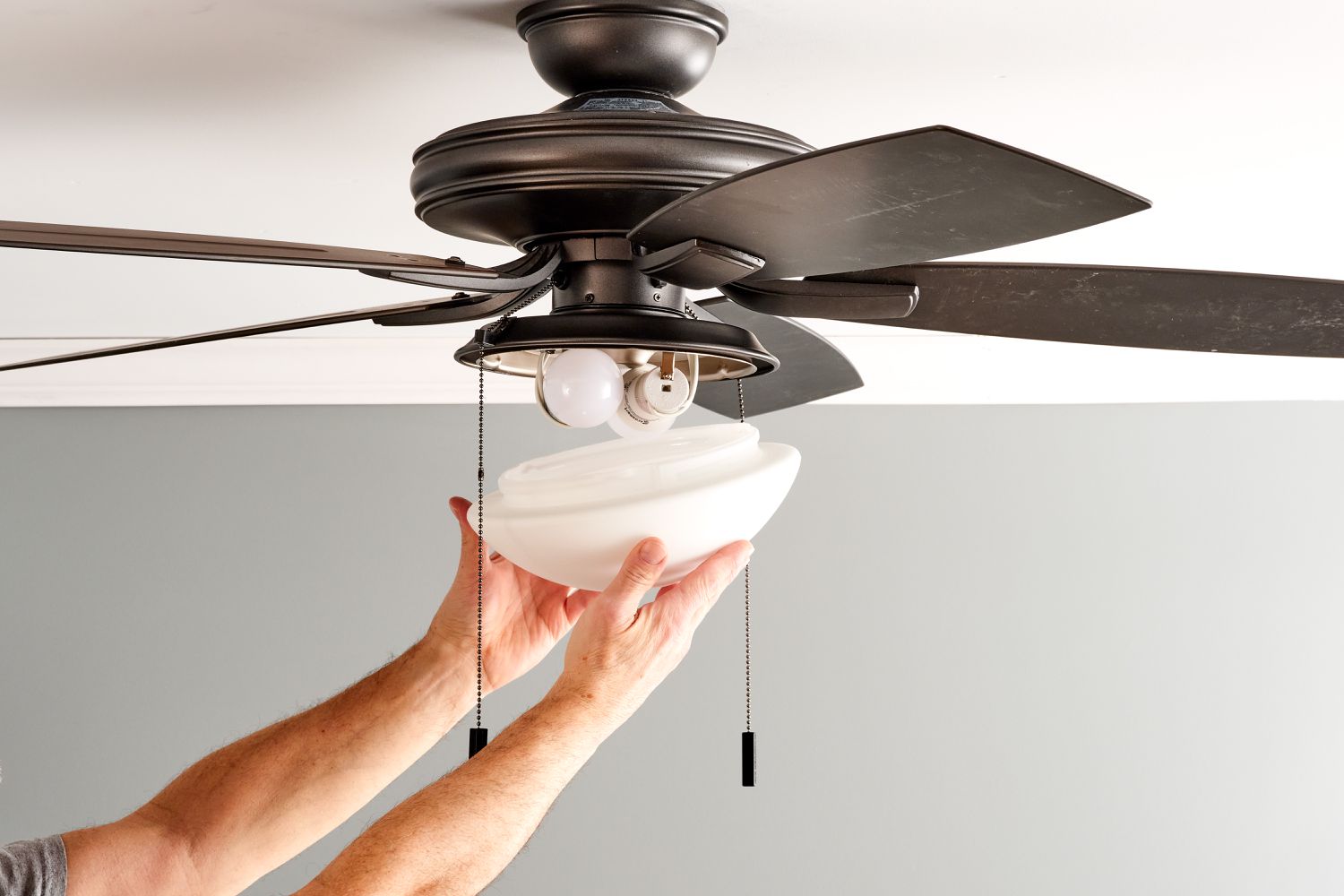

0 thoughts on “How To Remove Ceiling Light Cover”